How to Care for Air Plants (Plus Tips on Styling Them!)

At first glance, air plants appear surreal. It seems odd to think that a funky-shaped species of fauna can possibly hang, drape, or rest nearly anywhere without being confined to a pot filled with soil. But that’s exactly what these trendy, cool plants can do!
This guide will teach you everything you need to know about these unique plants and how to care for them.
Photo via Happiness_is_creating
What Are Air Plants?
These intriguing plants are formally called Tillandsias and are a member of the Bromeliaceae or Bromeliad species. There are hundreds of species and varieties of air plants, all of which are epiphytes, meaning that in nature they grow on other plants (most commonly on tree branches).
In a residential setting, this translates to air plants having the unique ability to grow without soil. Instead, air plants receive their nutrition from the moisture and dirt fibers floating in the air. The roots found on the plants serve mainly to attach to a supporting object.
The appearance of air plants is perhaps the most catchy thing about them; these pale green plants have a center with several triangular-shaped leaves that grow—and often curl—outward. Some air plants flower, the blooms of which are typically brightly colored pink or purple.
How to Grow Air Plants
Air plants double as home decor, whether you choose to display them in a gorgeous globe or terrarium, mount them on a shelf, or rest them in a dish.
Growing Air Plants in a Terrarium
Terrariums are miniature gardens housed within a container like a globe. “Like an aquarium, just plants and earth instead of fish and water,” say the experts at Terrarium Tribe. Terrariums are an ideal home for air plants since they thrive in humid conditions, which a semi-enclosed space can provide.
Tools and Materials Needed
- Container (options linked below)
- Decorative base materials (options listed below)
1. Choose the Container
One of the most popular types of containers for terrariums is a globe. You can choose one with a flat bottom so that it can rest on a table, or a round globe that can hang from the ceiling. Just be sure to choose a container that has an opening, since a lack of airflow can kill an air plant.
2. Choose and Fill the Base
Although air plants can just be plopped in a terrarium on their own, because they’re so decorative, you can choose a base that meets your aesthetic for them to live on, such as decorative sand, small rocks, seashells, preserved moss, crystals, and driftwood.
Just be sure all the materials are dry, as air plants being in close contact with moisture within their holders can cause them to rot. Or, consider purchasing a whole kit that includes the globe and base materials.
Mounting and Styling Air Plants
The possibilities are endless when it comes to mounting air plants. Here are a few options to spark inspiration:
- Mount them on a wall with shelves designed to hold air plants. Braid & Wood makes shelves that feature small pots to perfectly plop air plants in (remember: no soil needed).
- Hang air plants from the ceiling in hollow holders that put emphasis on the plant itself. Check out this metal geometric-shaped holder from Walmart.
- Mimic air plants’ natural habitat and place them on a piece of wood. This holder perfectly mimics an air plant growing in nature.
- Try the new statue trend. There are so many unique, stylish statues that you can place on tables and adorn with air plants. This whimsical option is flexible so you can adjust their position as you want.
Photo via Mom4Real
How to Care for Air Plants
Caring for air plants is relatively easy, so long as you give them a proper environment and water and dry them accordingly. If you take care of them the right way, they can live for several years and even grow pups, which are offshoots of the plant that can be cut off and live on their own.
Follow these tips to ensure your air plants thrive at your home.
Environment
Air plants are tropical plants, so they thrive in warm, balmy weather. While summers prove easy, the cooler months can be more challenging. That's why it’s important to protect your plants from temperatures colder than 45 degrees and dry environments.
If you live in a dry climate, or when indoor heaters are on, pay more attention to your air plants by watering them at least once a week. You may even want to mist your plant daily if you notice signs of the leaves drying.
Be mindful not to keep air plants too close to an air vent or too close to a drafty window. Cold temperature exposure can dry out the plant or even shock the plant and cause it to die.
Also, as we mentioned above, avoid placing air plants in a completely closed-off terrarium. The lack of airflow can kill them as well.
Water
The most popular method for watering plants is to soak them. To do this, you’ll want to submerge your plants in a large bowl of room-temperature tap water. Allow them to soak for about half an hour, then take them out and shake off any excess water before turning them upside down on a towel to drain completely. Wait until they are dry to return them to their “home.” Soak once every 7-10 days.
Misting can be done between soaks if you notice that the plants are starting to get dry patches. Once a week, mist your plants so that the entire surface of the plant is moistened but not dripping wet.
It is best to water the plants in the morning as evening misting or soaking will disrupt the plants' ability to respire and extend the drying time.
Light
In the wild, air plants are often found tucked in the canopy of trees. This translates to finding a spot in the home that receives plenty of natural light throughout the day but does not get blasted with the sun’s rays. In other words: Choose a location for your air plant that receives plenty of indirect sunlight.
Fertilizer
While air plants do not require fertilizer, using a low-nitrogen bromeliad fertilizer can help encourage growth if you notice your plants are looking subpar and they’re losing their color.
To use, mix one teaspoon of the fertilizer per two cups of water when giving your air plants their periodic baths. Be sure to use fertilizer no more than once a month to avoid nitrogen burn, which can kill the plant.
Growth
To ensure the proper growth of air plants, you’ll want to trim off any brown leaf tips. You may notice leaves drying after introducing your air plant to a new environment. Don’t trim those tips off yet—this doesn’t necessarily mean the plant is in harm, but that it’s adjusting.
Other times, it may be an indication of too much or too little watering, as well as too much or too little sunlight. Exercise caution when removing dead leaves, as there may be a young plant (known as a pup) growing underneath the protection of one of these leaves. In such cases, it's best to leave the leaf in place until the pup has reached about 1/3 the size of the mother plant and can be safely removed. Then, allow the pups to grow to full size and care for them using the tips from this guide.
With the right care and attention, air plants can be a wonderful addition to your home and a source of enjoyment for years to come. Do you own air plants? What are your tips for taking care of them?







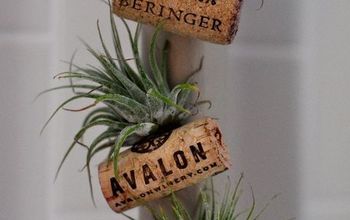
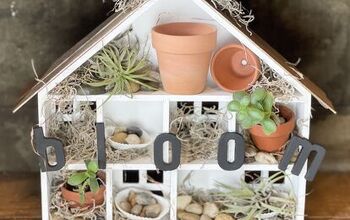
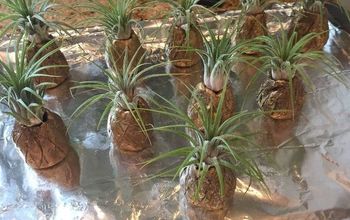


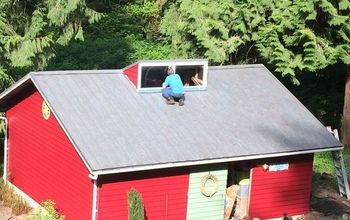
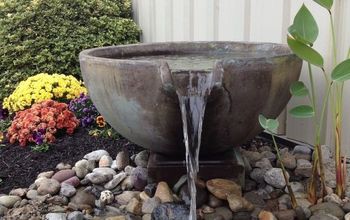
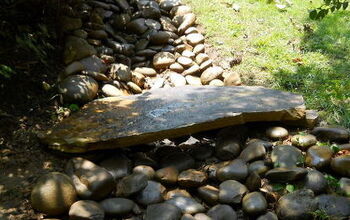
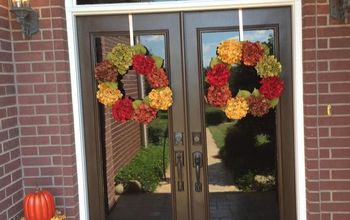

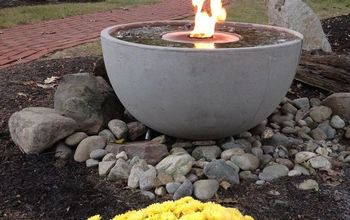

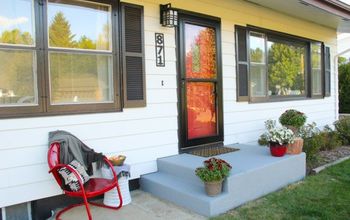

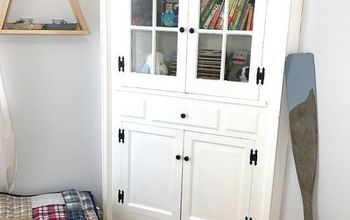



Frequently asked questions
Have a question about this project?